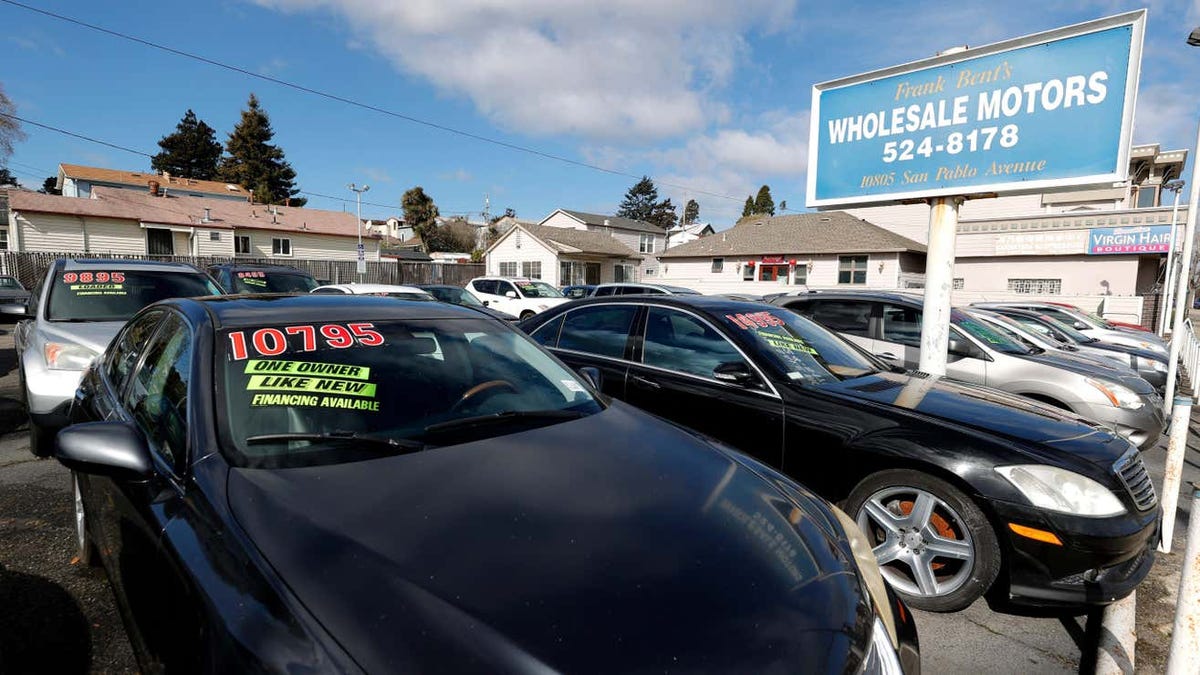Vehicles under $15k are 1.6% of the market, and their share of the market has dropped over 90% since 2019. The old advice that you can get a beater and drive it in to the ground for $5k hasn’t been true for years but it still seems pervasive in personal finance spaces.


Increased safety features on recent car models are a factor here as well. In the decade before I drove, airbags became standard, and weren’t even required until I’d been driving for a bit.
And over the last 10 years, NHTSA has pushed for stability control, 5 star crash test ratings, etc…
Then the whirlwind of safety over the last 5 years where back up cameras became required, and blind spot monitoring, brake assist, lane keep assist, adaptive cruise control all became available features.
You can still buy a car without those, for sure, and unfortunately that still costs $12k unless you want 200k miles or rebuilt titles.
But as I’m shopping for my kids first car, I find it hard to draw the line on what safety features she can have vs not have, and suddenly a few safety features later, used cars cost $20k. A far cry from my first car that I bought for $1k and drove in to the ground.
For sure a 10-year-old used car in 2023 is massively safer than a 10-year-old used car in 2003. I don’t know if that can possibly explain how that 10yo used car in 2003 was $1000 (5% of 20ish k MSRP) and an equivalent 10yo used car in 2023 is $20k (75% of 30ish k MSRP - 20k inflation adjusted from 1993 to 2013). Of course these numbers are
vibes basedapproximations and anecdotal, but it’s kind of my impression.I would think the safety argument is already generally accounted for by inflation - Euro NCAP, NHTSA, etc. has been going pretty strong since the 90s. I don’t know if I buy that backup cameras and blind spot monitoring becoming standard in the late 2010s suddenly made cars retain all their value, because new cars got those features but the MSRPs of those cars was basically just increasing at ~the rate of inflation. Also while these cars are getting safer, they’re getting much more expensive to maintain, which you would expect to drive down used car prices. It’s strange for sure. The pandemic can’t bear the entire blame either though, since it was a trend that started before it. 2020 just supercharged it.
I’m curious what safety features in particular you consider necessary? I ask because all of the modern stuff you list (blind spot monitoring, brake assist, lane keep assist, adaptive cruise control) I’d argue are hardly necessary for anyone. Blind spot monitoring can be replaced by a $10 pair of blind spot mirrors and everything else is more of a convenience feature or something that can be replaced by instilling good habits into your teen about keeping attention on the road and not getting distracted with her phone or fiddling with the radio.
I think those features are dangerous and make lazy drivers honestly.
Absolutely, I think there’s an argument to be made for that too. Increased automation doesn’t necessarily increase safety when the skill of doing the task without the automation is lost. For example, hand flying planes has become a struggle for airline pilots that some argue have become overly reliant on automation to the point of it being a detriment to safety when something goes wrong and they can no longer handle an emergency situation without the automation being available to them.